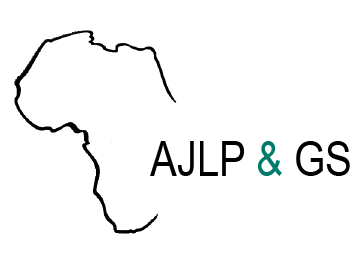Resource information
Context and background:The roast palm parklands remain one of the most striking elements of the Savannah region of Togo. Given the importance of this resource for the local population, knowledge of their diversity and demographic structure is necessary for better management of roast palm plant communities throughout the Savannah region of Togo.Goal and objectives:The study carried out in the region of Savannahs of Togo contributes to the sustainable management of agroforestry parklands in Togo. It aims at: (i) mapping of the spatial distribution of Borassus species (Borassus aethiopum and Borassus akeassi) and (ii) characterize the diversity and the demographic structure of roast palm parklands in the Savannah Region of Togo.Methodology:Forest inventories were done within roast palm agroforestry parklands within plots 50 m X 50 m. Based on these inventories, diversity and dendrometry characteristics of the target parklands determined. Mapping consisted of the spatialization of densities by the interpolation.Results:B. aethiopum is mostly represented than B. akeassii found which is found punctually in a few locations. Roast palms parkland diversity was estimated to 23 plant species belonging to 21 genera and 14 families. Three (3) roast palm parklands were discriminated: mixed parks, B. aethiopum parks, and B. akeassii parks. The most represented families are: the Arecaceae (61 %) and the Sapotaceae (13 %). There is the dominance of mesophanerophytes (76 %) and transition species, Guineo-Congolese/Sudano-Zambezian. B. aethiopum mean diameter is 47.91 ± 1.54 cm, with a basal area and density 6.98 ± 2.33 m²/ha and 29.33 ± 1.66 stems/ha respectively. B. akeassii mean diameter is about 42.45 ± 1.61 cm with a basal area and mean density 3.43 ± 1.77 m²/ha and 18.5 ± 1.66 stems/ha respectively. Both the two target species mean regeneration rate is 61.29 %.


